

Each year, hundreds of patients come from countries such as Kenya, Congo, Ethiopia, and Nigeria to seek better medical attention. For these patients, one of the places they visit most is India, which has become a global medical tourism hub over time. The movement of African patients to India in search of medical services results from the availability of top-notch healthcare facilities, internationally trained macular degeneration doctors, and cheaper treatments compared with other medical tourism hubs like Turkey.
Because of the affordability, India offers the best value for money, be it complex cardiac surgeries, orthopedic procedures, or age related macular degeneration. Yet it has become trendy among Africans who use it for medical purposes since they can receive treatments at a fraction of the cost compared to their countries when considering how expensive advanced technology and specific healthcare services are that are obtainable from it.
Many eye conditions occur as one grows older, and among them is age-related macular degeneration, or AMD. For instance, it is the primary eye cause for people aged 50 years and above and is responsible for their eyesight loss. This happens when a tiny middle section of the retina, also known as the macular degenerates. The macular is essential for proper central vision. Thus, if it wears out, one may not see things in front of them, affecting reading and driving. As time goes by during its progression, an individual's eyesight might become significantly worse, making their daily activities harder to perform correctly. It primarily impacts our central vision, leaving out the side view. Some individuals may still have some light perception, though they will not be able to notice finer things around them.
There are mainly two types of AMD, namely, dry or wet, which also exist as atrophic neovascular and exudative, respectively. Dry AMD is the more common form, accounting for about 85-90% of cases. This progresses gradually because it involves thinning around the macula area due to old age. Wet macular degeneration, on the other hand, is far less joint but very aggressive. There is an accumulation of fluids and blood in this kind, which ends up leading to scars developing on the macula.
The more common type is dry AMD, and it is characterised by gradual thinning of the macula. Drusen are tiny protein clumps formed due to the thinning process that accrues just beneath the retina. With time, these diseases grow more extensive and more numerous, leading to deterioration in vision. For dry macular degeneration treatment, most effort should be made around lifestyle changes, proper nutrition, and monitoring the condition. In general, dry AMD follows three stages:
■ Early Stage: During this period, various amounts of small drusen or a few medium-sized ones are present among patients. Typically, visual impairments aren't seen yet until there.
■ Intermediate Stage: As time passes by, more such deposits emerge while some impairment occurs in vision sometimes. To read or perform activities that require precise vision, these people may need additional lighting.
■ Advanced Stage: At this point, the macula will have decreased significantly in thickness, resulting in an apparent loss of central eyesight.
Most AMD-related vision loss is due to wet macular degeneration, which occurs when blood vessels that have grown beyond normal limits appear under the retina and start leaking fluid or blood, resulting in swelling and damage of the macula, leading to rapid, severe central sight loss. Detection and treatment of this form of the disease is vital for the prevention of as much sight as can be saved due to its fast progression.
Age-related macular degeneration is a major global health problem, particularly in areas where people are getting old. It is the most common cause of irreversible loss of eyesight among aged individuals in developed countries. In Africa, the number of those suffering from AMD is increasing as they live longer and adopt new lifestyles. Even though precise figures on the prevalence of AMD in African countries are not readily available, it is believed that with increasing populations, there will still be more cases of developing AMD.
On a global scale, there are approximately 196 million individuals who suffer from AMD in 2020. The number is expected to rise to 288 million by 2040. The rise in the older population within the African continent calls for increased levels of awareness creation techniques, including early diagnosing mechanisms alongside the provision of effective treatment options so that the risk factors become low.
Although the exact cause of age-related macular degeneration is not entirely understood, many risk factors that can increase its occurrence have been identified.
Age-related macular degeneration (AMD) development is majorly influenced by genetics. Someone whose family has a history of the disease is more likely to contract it than another with no relatives who have the same health issue. Certain kinds of genetic differences can increase your chances of suffering from AMD, some examples include genes that help in controlling the immune system as well as those regulating inflammations, like the complement factor H (CFH) gene.
There are several lifestyle choices that people make that might contribute to the development of age-related eye diseases. Smoking is considered one of the most critical risk factors that can be controlled. According to research findings, smokers are four times more likely to have AMD compared with non-smokers. Also, lack of enough essential nutrients from the sun, UV rays, or poor diets, among other things, like reduced levels of antioxidants or omega-3 fatty acids in food, have been linked to a higher risk for AMD development. Poor diets that lack antioxidants, omega-3 fats, and essential vitamins have been seen with an increased chance of getting age-related macular degeneration (AMD).
AMD mainly afflicts older adults, with it becoming more common as they grow older, especially those who are above fifty years old. Thus, its prevalence will increase shortly due to the ageing population. In addition, women have slightly higher chances of getting affected by this ailment than males simply because they live longer lives than men.
Some other disorders may play a role in bringing about age-related macular degeneration (AMD). For instance, cardiovascular diseases, high cholesterol levels, and hypertension are associated with an increased risk of suffering from the disease. Additionally, wet AMD can be triggered by blood flow complications related to such health conditions. To prevent its progression, people are advised to take their medication appropriately.
It is crucial to be able to spot symptoms or early warning signs for age related macular degeneration (ARMD) to start the treatment at the earliest.
When these symptoms are detected at an early stage, macular degeneration treatment can start faster. This will contribute to better maintenance of both vision and quality of life.

In diagnosing age related macular degeneration, ophthalmologists must carry out comprehensive eye examinations. Typically, diagnosing and determining the degree of AMD are done through:
CureIndia is an online platform that helps people choose the right hospitals and top macular degeneration treatment doctors in India for the different medical treatments that the patient needs. Most of the doctors and specialists in our associated hospitals are highly experienced and skilled personnel who have undergone rigorous training under international institutes. Most of the eye specialists in our association are active members of international medical councils and associations. Let’s hear from some of the most reputed and top macular degeneration treatment doctors from India.
With 30+ years of experience, Dr. Suraj Munjal is a top doctor for macular degeneration surgery in India. With expertise in advanced retinal procedures, he delivers precise and patient-centric treatments with high success rates and great outcomes.

Dr. Suwarn Chetan is an ophthalmology specialist known for his expertise in diagnosing and managing macular degeneration. He uses the newest treatment methods, like anti-VEGF therapy and laser treatments, to effectively treat macular degeneration.
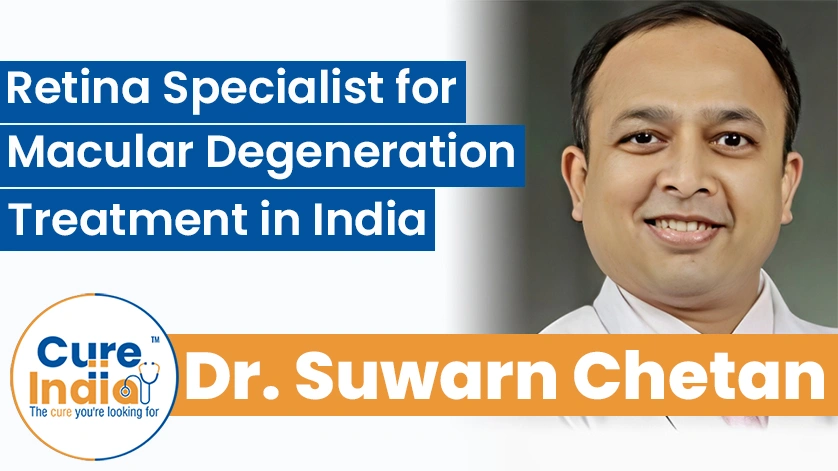
Dr. Neeraj Sanduja is an experienced ophthalmologist specialising in the treatment of macular degeneration and other retinal disorders. He has around 24 years of experience as a specialist, and he founded the Viaan Eye and Retina Centre.
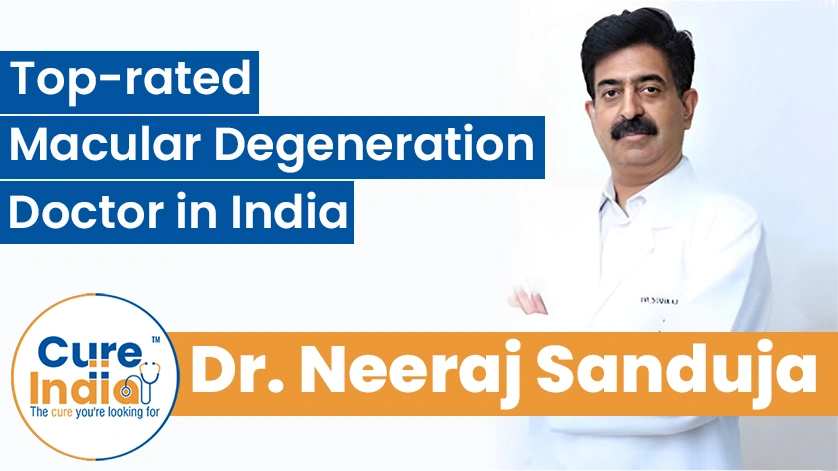
Dr. Mayank Bansal is a reputed retina specialist in India known for his expertise in macular degeneration management. With advanced diagnostic and treatment options, he provides personalised ophthalmology care with high treatment outcomes for all of his patients.

There is no cure for age related macular degeneration, but various macular degeneration treatments can be used to control its progression. The choice of any of these will depend on its type as well as its stage of development.

Dry macular degeneration treatment options are:
Wet macular degeneration treatment in India involves a more aggressive approach because the condition advances quickly. They include:
To monitor the response to treatment and provide necessary adjustments, there should be regular check-ups made with an ophthalmologist.
India has turned into a leading location for African patients in search of the cheapest and most advanced remedy to Age-associated macular degeneration (AMD), a chronic disease. It is way more affordable to treat age-related macular degeneration (AMD) in India than in Western countries, which means that it is an excellent choice for individuals looking for exceptional care minus hefty costs in their healthcare provision.
| Treatment | Cost in India | Stay in India |
|---|---|---|
| Macular Degeneration Treatment in India | $3,000 | 7-10 days |
Apart from affordable treatment rates, patients coming to India for AMD treatment benefit from a team approach with skilled ophthalmologists, state-of-the-art hospitals, and personalised treatment. All these factors have made India the preferred destination for African patients who are suffering from AMD. It brings together reasonable costs, quality services, and experienced professionals in this field.

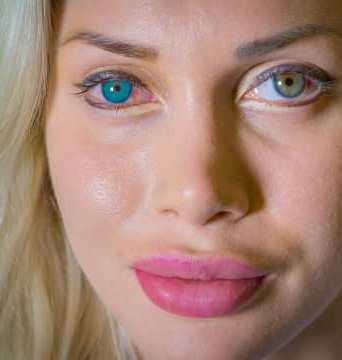
Get the Eye color you've always dreamed of
Connect Today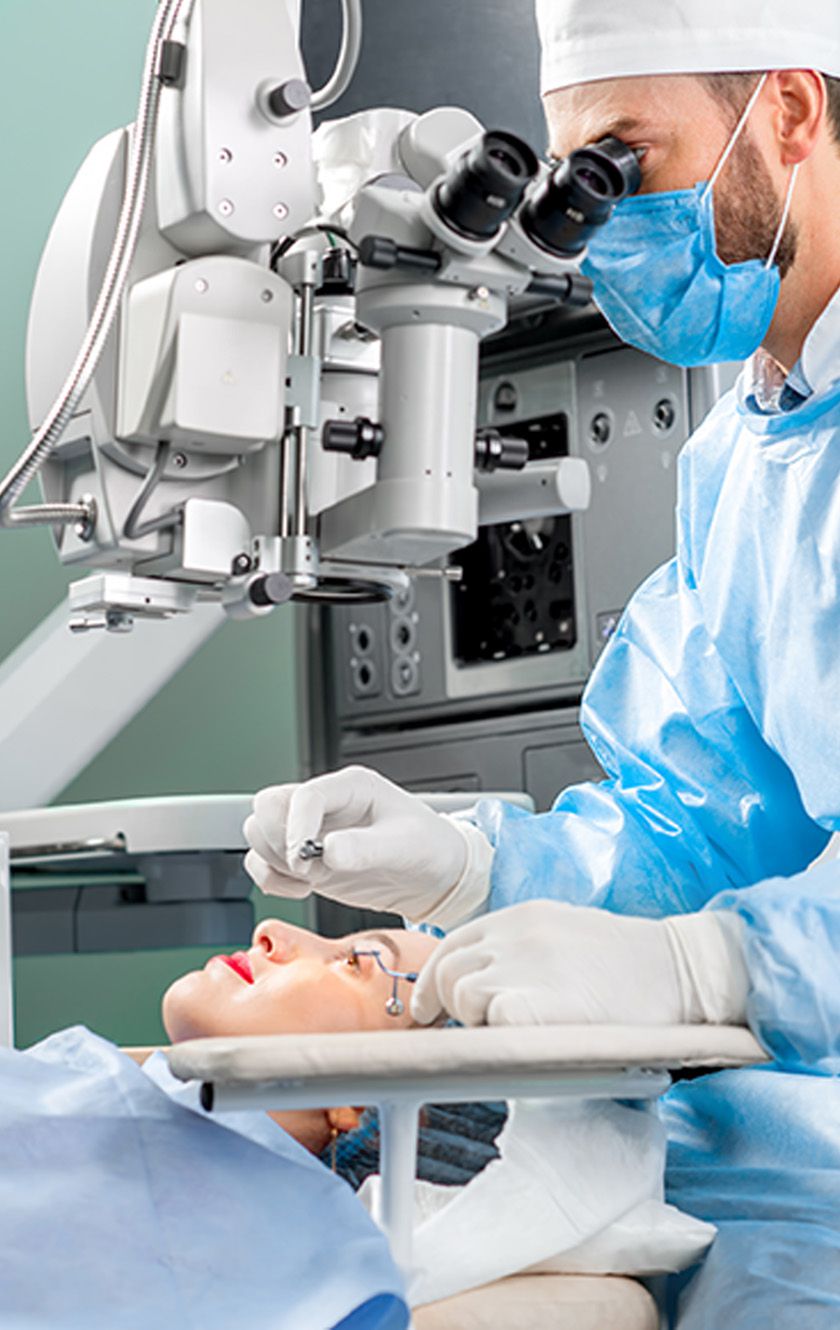
Opt for successful eye color change surgery
Plan Surgery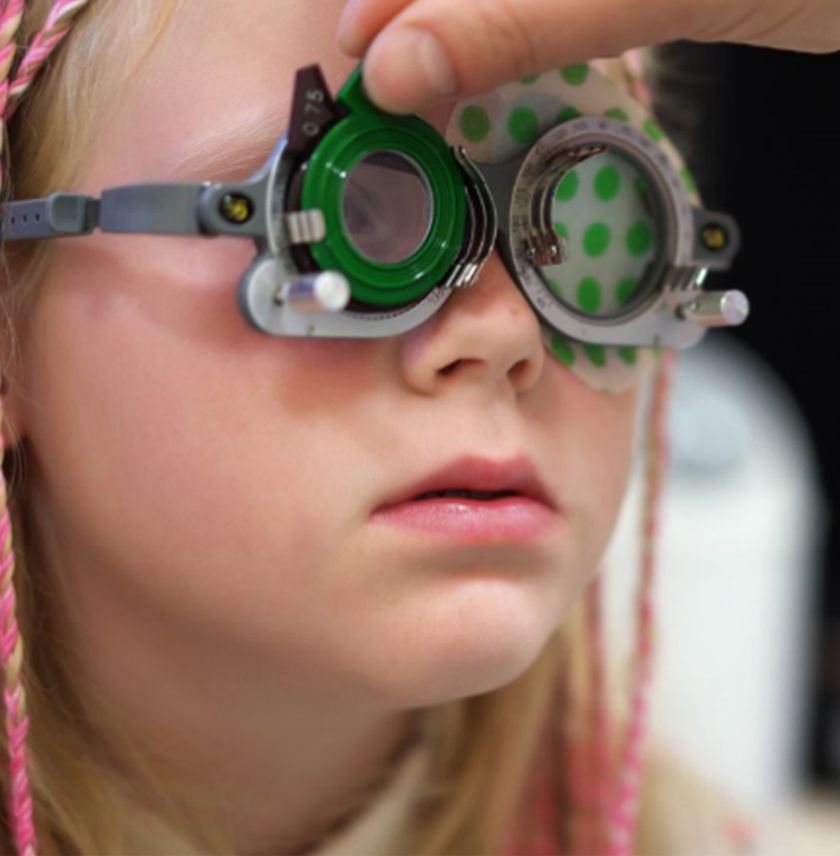
Remove glasses with SMILE LASIK
Get Cost